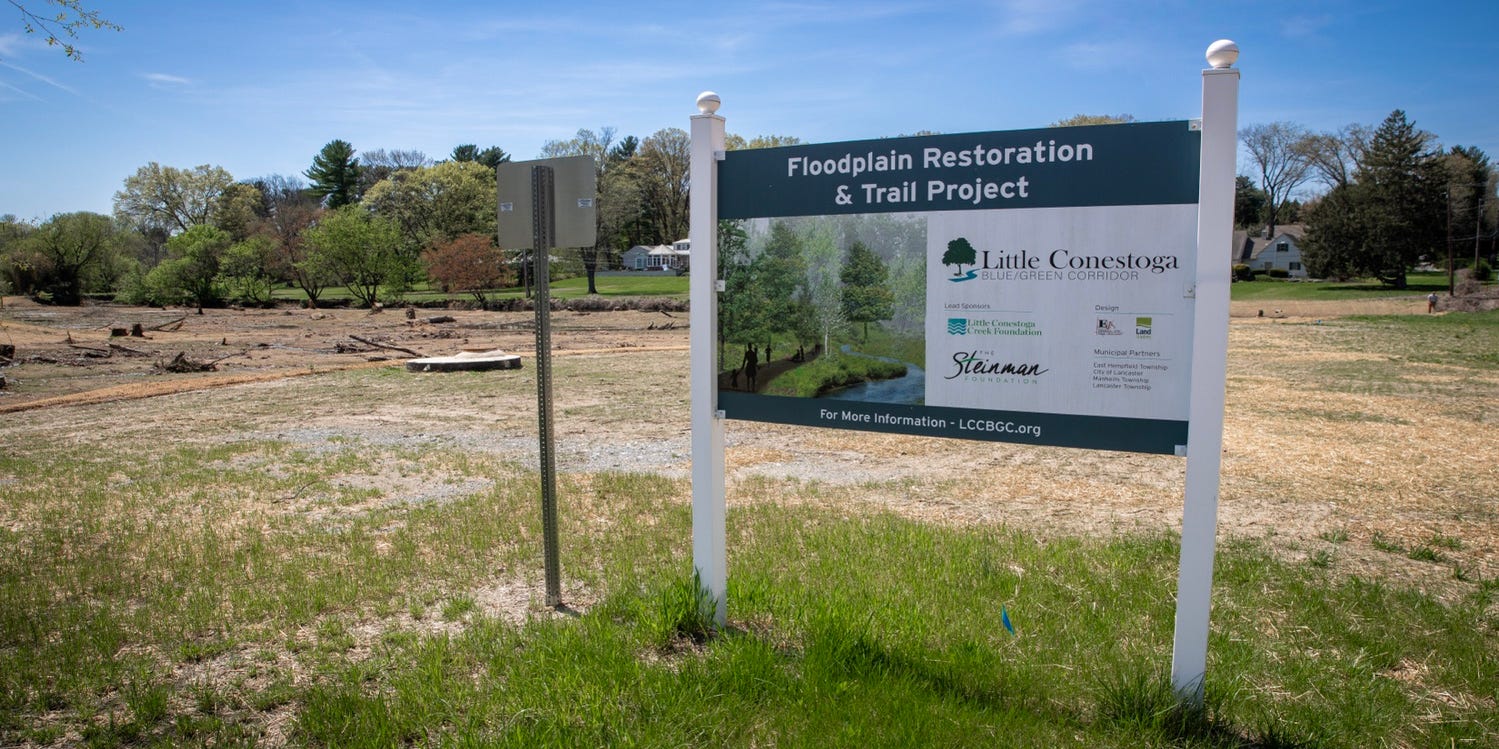Green Revival: Local Partners Transform Little Conestoga Creek into Community Oasis

Transforming Community Landscapes: The Blue Green Connector Project
The Blue Green Connector Project stands as an ambitious $18 million environmental and recreational initiative that promises to revolutionize local infrastructure and community spaces. Spearheaded by the Little Conestoga Creek Foundation, this innovative project has already secured over $4 million in state grant funding, demonstrating strong governmental support for sustainable urban development.
By strategically investing in green infrastructure and public spaces, the project aims to deliver substantial environmental benefits while creating new recreational opportunities for residents. The significant state funding underscores the project's potential to enhance community quality of life and ecological sustainability.
With its comprehensive approach to urban renewal, the Blue Green Connector Project represents a forward-thinking model of community development that balances environmental stewardship with public engagement and recreational accessibility.
